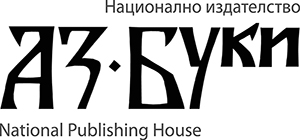Inna Pryjmak
Khmelnytsky National University (Ukraine)
Inna Tsaralunga
Khmelnytsky National University (Ukraine)
https://doi.org/10.53656/bel2022-4-3-kGT
Abstract. The article analyzes the linguistic and stylistic features of the work entitled “[Слово] надгробное… Кипріану…” by Gregory Tsamblak, proclaimed by the metropolitan in Kyiv around 1409. The text is characterized by a high level of verbal and artistic skill. The author uses traditional means of depiction, acts as an innovator, applying a whole system of linguistic means: units of the lexical level, artistic tropes (figuresof speech): linguistic repetitions, antonyms, epithets, metaphors, comparisons. Through the use of structurally similar words and typical syntactic constructions, the artist achieves the creation of a certain architectonics of the sacred text and its rhythmization. They help to emphasize the closeness of Gregory Tsamblak to his spiritual father Cyprian, to exalt his activities, and to express the depth of the loss of his mentor.
The distinctive signs of the ‘word-weaving’ style, revealed in the work, testify not only to its affiliation to the high style of religious writing, but also increased attention to the inner world of man, which corresponds to the ideas of hesychasm of that time.
Keywords: Metropolitan Gregory Tsamblak; hesychasm; “word weaving”; language means


